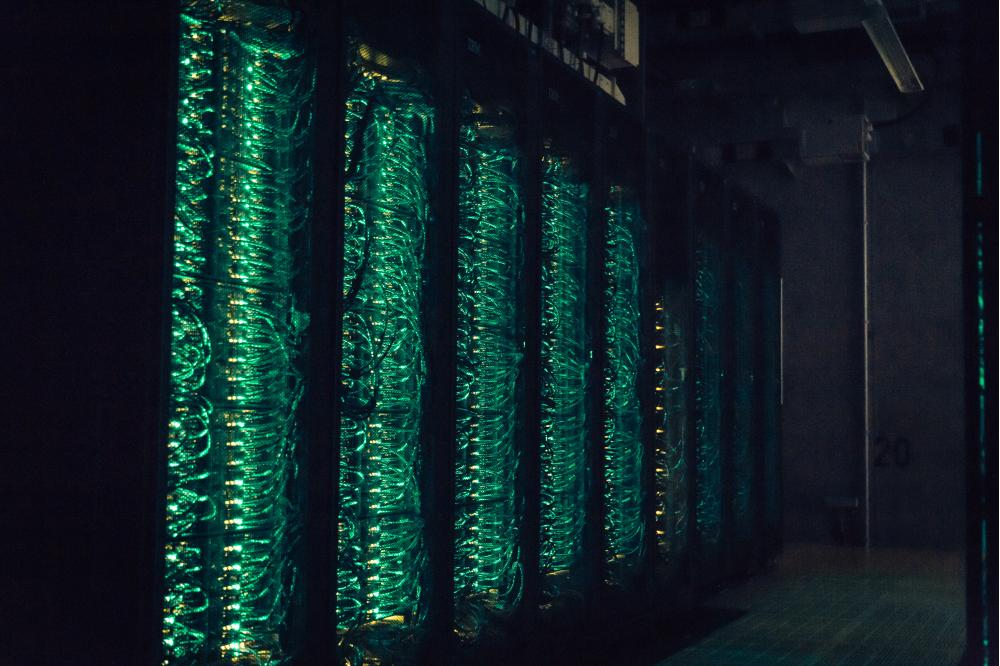Peptide Backbone Effect on Hydration Free Energies of Amino Acid Side Chains
Einleitung
The driving forces of different biological processes like protein folding and protein-protein association are very important to understand. After more than 60 years of scientific research, these phenomena are not well understood and molecular level mechanism are still lacking. Our research focus is to explore the detail molecular level explanation behind those processes. Proteins are macromolecules and are consist of different types of amino acid residues. So the amino acids are the building blocks to form a long chain polymer or protein. We are mainly interested in understanding the solvation behavior of those amino acid building blocks in water medium as all these biological processes take place in water. There are two kinds of amino acids (polar and nonpolar) which exist in protein. Polar amino acids which interact favorably with water and this type of amino acids likes to see more water around it. Whereas nonpolar amino amino acids does not have favorable interaction with water and avoid water. The reason behind protein folding or forming a compact structure for protein is explained in the following way. As water do not want to see nonpolar amino acids around it, protein folds to a compact structure to hide all nonpolar amino acids from water. Alternative views in literature instead explain based on the hydrogen bonding in peptide backbone.
Methoden
The nature of the interaction between amino acids and water can be quantified by computing thermodynamic quantity like solvation free energy, solvation entropy and solvation enthalpy of amino acids in water. We have estimated these thermodynamic quantities and our work reveals that the role of nonpolar amino acids is less important than what is expected from previous existing solvation data. Our key observation is that the nonpolar amino acids can interact with water in less unfavorable way than what is known based on different works done in past [1].
Ergebnisse
Our works provide some new insight on the debate whether nonpolar side-chains plays the major role on protein folding. We also computed the solvation entropy and enthalpy which provide more detail of thermodynamic behavior of these amino acids. We also observed that simple small molecular date is not enough to mimic protein folding.
The ionic solutions of water commonly exist in many biological systems and have huge role in different biological processes. Hofmeister ordered different ions based on their ability to precipitate proteins and hence the ranking of ions depending on their efficiency in precipitating proteins is known as Hofmeister series. The Hofmeister effect is not only limited there, the ion specific effect on water surface tension or the stability of colloids, the viscosity B coefficient of salt solutions, salting out of nonpolar molecules by Hofmeister ions, propensity of ions to stay next to solid surface; all follow similar trends like Hofmeister ion series.
So it is clear that there is some common aspect happening in all these different phenomena. We also work on the thermodynamic behavior of different ionic solution of Hofmeister ions next to nonpolar surfaces. These are very useful in understanding the interface behaviors of different ions which help to interpret many chemical processes that occur in water-solid interfaces and also the mechanism behind the Hofmeister effect.




